Judging by the articles on Habré, our transition to remote control was similar to all the others: strange backgrounds in the zoom, frequent calls, round-the-clock Slack. The only thing that significantly distinguished us from other IT companies was the work of system administrators with the data center, when Moscow was completely blocked and the passage was only with passes.
But despite all the problems, the year was not bad. Online, digital, highly loaded - indeed, in three years.
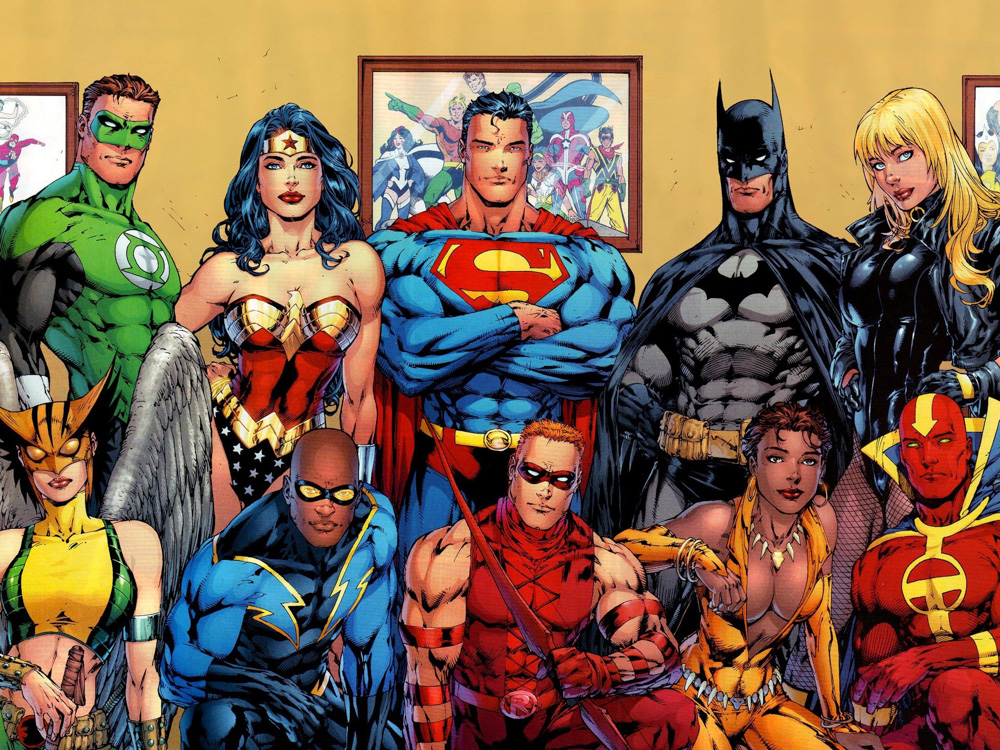
The RUVDS team in 2020 felt like it looked something like this
People of the Year
Night DC watch. Sleepless in the net and distant loved ones
The territory of the plant, where our DC is located in Korolev, was not allowed or released at all. The duty shift began to live there permanently - suddenly you need to switch the patch cord, change the controller, turn off the car, and so on. This lasted a whole month until July 16.
Admins changed once a week. It was possible to enter the territory only according to the lists agreed with the management of the plant, with a mandatory temperature check.
Our chief administrator Kostya showed himself to be a real hero - once he had two weeks when he worked without days off for 14 days, because he replaced the guys or just gave them a rest.
It was funny to watch through the zoom how the support gradually began to grow a beard, shirts were gradually replaced by hoodies and pajamas, and artificial backgrounds from mountains and oceans ceased to include and were not even shy about unwashed dishes in the background. Oddly enough, this forced distance made us a little closer.
We managed to preserve some office traditions, for example, pizza day on Fridays - it's just that pizza now went not to Tverskaya, but to many addresses all over Moscow and the Moscow region at once. In March, we made an internal joke website - a toilet paper calculator - how many rolls we need to stock up for the time that we will spend in quarantine (well, to order a potentially scarce product in sufficient quantities at once).
Support: new tone of voice and a lot of humanity
We have always paid special attention to support: we have it around the clock, you can not only write to her, but also call her. The average response time of our support is 15 minutes, on emergency days the number of calls can exceed 1000.
In such conditions, tickets must be closed very quickly, but high-quality service is not only speed, but also the overall impression of the conversation. Previously, support responses were dry and short in order to respond as accurately and quickly as possible. Often there were bureaucratic constructions, as if the conversation was not with a living person, but with a state official or even with a script or a bot.
This year brought to the fore human relations, returned the value of communication, sincerity. It is probably no coincidence that in 2020 we made a quantum leap in the way we communicate with customers.
Compare:
: « - RUCLOUD () . VDS . .
. VDS ».
: « - RUCLOUD () . - VDS . . VDS . ».
What we did: We replaced complex bureaucratic constructions with understandable and simple Russian, which we use to speak with each other and with loved ones. The passive voice, which creates the feeling of a conversation with a corporate machine, and not a living person, was abandoned. Each employee is now conducting a dialogue on his own behalf: I reboot your server, I check the load. After all, the problem is solved by a specific person and it is he who now takes care of the client.
We began to take more responsibility: do not forget to apologize if the problem was really on our side and the client suffered inconvenience or the solution to the problem was delayed due to the fact that the problem turned out to be complex and had to transfer its solution to the system administrator.
We began to explain to the client our actions and why we need to wait (if necessary) - with complete information about what is happening, it is easier for people to endure the wait.
The rules for closing a ticket have changed - from now on the ticket is closed not when a technical problem is solved, but when the client has no more questions.
The results were not long in coming - now tickets are closed on messages "Thank you!" or "It's okay now, thank you" from clients, and do not break off, as before, and we are very happy about that.
More details about how we pumped the support communication - in the post on Habré .
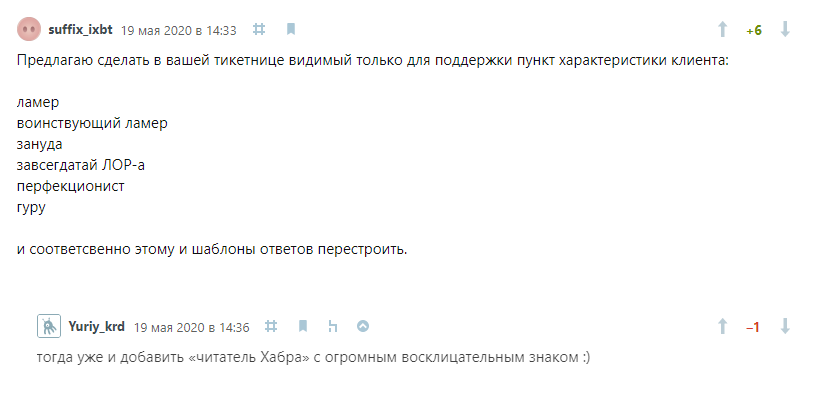
The comments are, as always, the best written. We believe: Basorg has lost popularity because everyone reads comments on Habré
Infrastructure of the Year
Three new data centers
With data centers, we had three news: firstly, a woman crossed the threshold of the Rucloud bunker data center for the first time. The result was a photo report for the article Our first data center in a Soviet bomb shelter: the peculiarities of computing in a bunker and the indescribable shock that there is no women's toilet as a class in the data center.
But apart from that, we have launched three new data centers.
▍Amsterdam
This is the Interxion AMS9 data center located in Amsterdam at Science Park Data Center, the city's leading interconnection center.
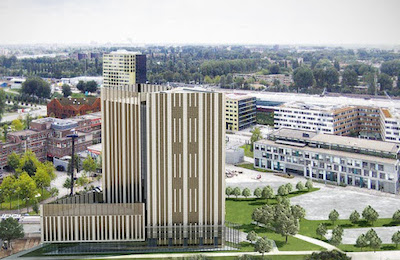
Why do we love him?
- : -, , – 99,99999%.
- : Interxion . Tier 3, , . , , . .
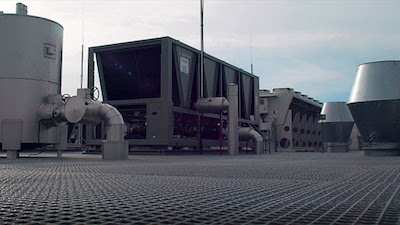
▍
Just the other day, after hard work, we launched a new location - a data center practically in the very heart of Moscow, Ostankino.
Data center TTC Ostankino is located in Moscow, at 1-st Ostankinskaya st., 1, building 1. This is another TIER III data center in our park. Old-timers say that the uptime of this place is 20 years old!

Why we chose it and what we love:
- A separate area in the center of Moscow, where we can deliver equipment as quickly as possible.
- Video surveillance of racks without dead zones and round-the-clock security at the strategic facility level ensures security.
- On-the-fly repairs: Back-up systems allow scheduled repairs and maintenance without affecting customers.
- The electric power supplied to the facility - 11 MVA means the connection of powerful computing clusters and the possibility to expand the range of tariffs and servers.
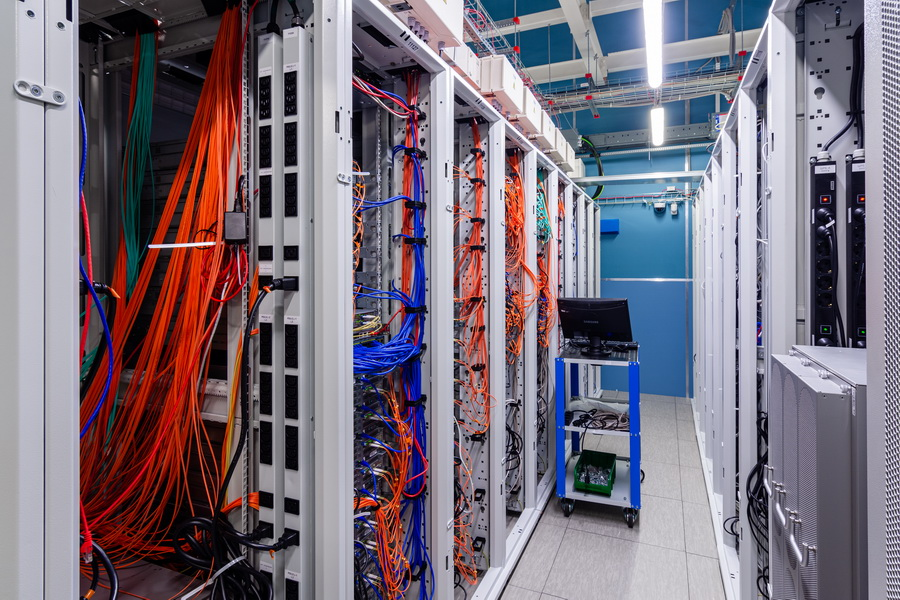
▍Novosibirsk
This is the Kalininsky data center at Novosibirsk, st. Dusi-Kovalchuk, 179/3.
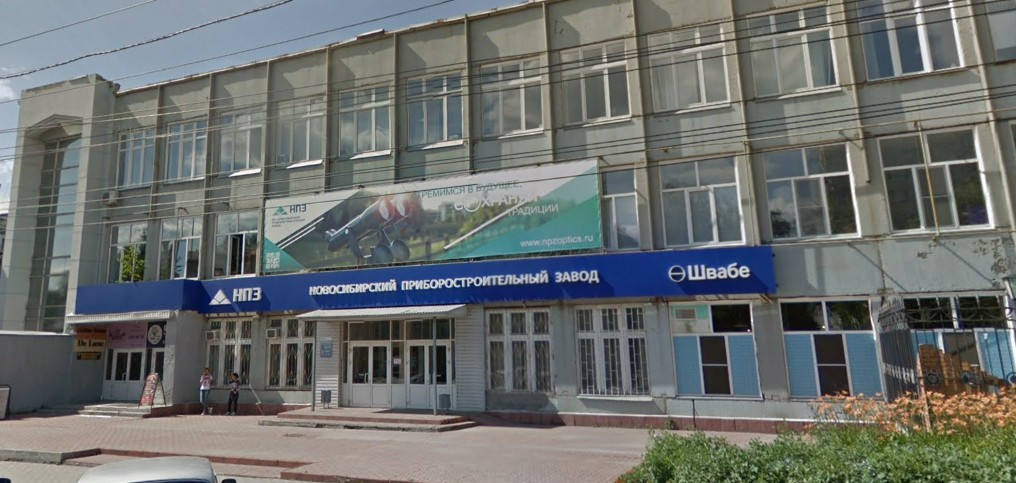
We love the Novosibirsk DC for its reliable infrastructure:
- 2 city power inputs, each of which is reserved by its own UPS
- The video surveillance system monitors all data center facilities around the clock
- DGU Genelec with fuel supply for 24 hours of uninterrupted operation
- Technical support 24/7/365
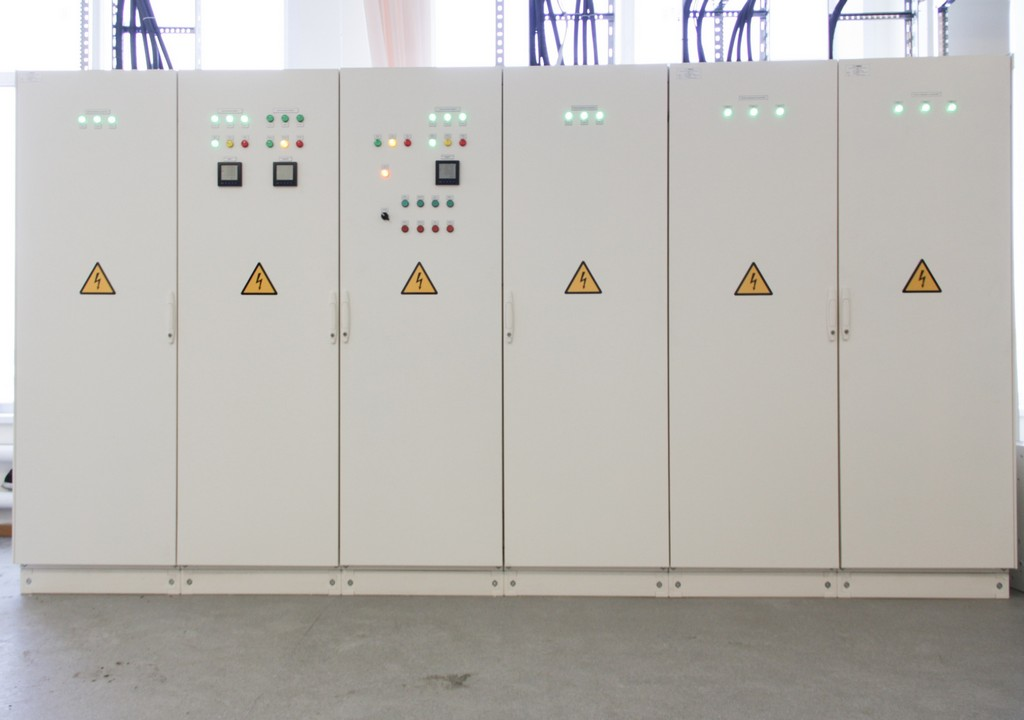
Victories of the Year
Work on the product: launch of a local network, snapshots, marketplace
Despite the remote location, we did not slow down the pace of product development, but rather even accelerated it and tackled the issue of the convenience of working with the service. As always, it turned out that the backlog of wishes is endless, I want to improve everything, and after heated arguments in the negotiation room and kilometers of correspondence with clients to collect wishes and what to hide, spying on foreign market leaders, we have compiled a list of the first 10 features that need to be implemented.
We have successfully launched something this year.
▍Local network
We have provided local networks before, but only upon request to Technical Support. A long time ago, everything was done manually, without bothering with "technologies": all virtual machines that the user asked to be networked were dragged onto one host, on which the LAN was created. After some time, we refused to drag and drop, but, anyway, manually, due to VLANs, we combined virtual machines into local networks on different hosts (but not data centers).
It was long and inconvenient for clients, so we decided to simplify and speed up the process, although not every user needs the service, and, in principle, can be replaced by VPNs.
But requests kept coming in and we wanted to make everything more convenient. Moreover, you can understand those clients who do not like and do not want to deal with VPNs and ZeroTiers. By the way, we also tried to make life a little easier for those who are interested in using the above technologies. For ZeroTier, we have an image in the marketplace that will significantly help in deployment and management, as well as a whole series of articles (3 pieces, here is the first one ) that describes this technology. For VPN we also have an image in the marketplace.
Some people want (for example, for security reasons) to hide their infrastructure behind a certain number of "public" machines, because with every virtual machine sold we are given a white address to access it. And someone needs broadcast and multicast, which is not available except on the local network.
In general, we wanted to eliminate the manual labor of setting up networks between virtual machines, but at the same time make it so that the configuration of local networks is available through the Personal Account for all users; so that we can connect virtual machines as quickly as possible at any points of our presence (there are ten of them, the eleventh "on the nose") and so that getting the service is easier than setting up any VPN.
Now, in the Personal Account, on the "My servers" tab, each virtual server has a new tab on which networks are configured. On this tab, the user can create a local network (one, but two are also possible if you contact technical support) and add virtual machines to it from their Personal Account. After deployment, the selected virtual machines have an additional network adapter, which will be assigned a static address. If necessary, the addresses can be reassigned, from the subnet selected when creating the LAN, manually, or you can configure a DHCP server.
▍Snapshots
We wanted to add snapshots for two reasons: it is convenient for customers and, as it turned out, this is a significant step in the further development of our marketplace.
I wanted to accelerate the filling of the marketplace with images and attract the community to this. But for this, it was necessary to solve several additional tasks first: you need to give users a convenient mechanism for creating images from the Personal Account, give them the opportunity to test them, make an automatic system for validating and testing the images obtained.
It was as a solution for the first additional task that snapshots appeared. But with their help, you can kill several more birds with one stone. Now the user can make a small backup not on a schedule, but specifically when it is needed. You can "clone" a virtual machine or transfer it to another datacenter without contacting Support - everything is done through your Personal Account. Not without crutches yet, but a start has been made.
In addition to our personal interest in snapshots, they made our clients' lives more convenient - there was an opportunity to create a backup "on click". Have gained in cost: storing snapshots is much cheaper! But you still need to understand that these are completely different services: snapshots are not designed to store large amounts of data, are not designed to provide high reliability and do not have the ability to configure their regular re-creation.
Creation of custom OS images from your own virtual machines, for subsequent creation through the order page. There are a lot of applications for this function - a lot depends not so much on us as on the client's imagination. For example, you can create a workplace template for employees that will allow you to create servers with preinstalled software immediately ready to use. Or save the template of the application node, which will be automatically deployed via the API at the command of the balancer when the load on the system increases.
A new tab on the "My Servers" page for each virtual server. There is only one button on it: "Create". Everything is as simple as possible.
▍ Made the marketplace open to the community and significantly expanded it
As we said before, the appearance of snapshots allowed us to pump the marketplace. We are very active in communicating with clients and these are not only tickets or comments on Habré.
Many people write to us in a personal on Habré. There are clients who sit in collective chats with our team - they immediately throw off their wishes for UI / UX, report on some trifles, shortcomings, or express wishes for product changes.
There are student teams to whom we issue free VPSs for teaching technology - they help us understand not only those customers who are already working now, but keep our nose down the wind and understand what customers will want in the next 3-4 years, what technologies they are interested in and what they want from the service of the future.
Therefore, the transformation of the marketplace from our personal fiefdom into something that grows and develops itself according to the needs of the market was a completely logical strategic step.
So we started taking images from third-party developers and came up with a system to protect clients from backdoors.
How do we check ready-made images from third-party admins and how do we protect them from backdoors? In the future, our plans include allowing users to add their images directly to the marketplace. For this, of course, we need an automatic image verification system. So far, this task has not been started and there is no understanding of how it can be solved. At the moment, the images that are present in the marketplace are mainly added by our employees. Some have helped to set up outsourcers by sharing scripts for setting up one or another software. But all scripts and setup instructions are carefully checked again by our staff.
Special projects of the year: Habr, women, hackers and beer
We love to play around with benefit: last year there was a regatta, a server launch into the stratosphere, correspondence with space and a lot of other crazy and cool experiments. There were a lot of plans for 2020, but they all covered themselves with a crown.
And since offline has disappeared, who, if not us, should have taken over online? No sooner said than done.
Special project IT is Female for March 8
On March 8, we decided to bring our female colleagues to the fore and made a website with a heatmap of offices that show companies that employ more female IT women. On the project's website, any girl could upload her photo, mark who she works in the IT industry and write a short wish to the rest. In total , almost 500 girls were registered.
From such a heat map and the soul is warm.

Meme contest with Habr
In July, we held a joint meme contest with Habr . The authors who got into the shortlist received an achievement in their profile, and the memes of the winners of the user voting became the basis for a new line of branded merchandise in Habr Kiosk .
Under each version of the print, its author was indicated and the authors received a copy of a T-shirt with an invented meme and 500 rubles to an internal RUVDS account, which can be spent on any virtual servers.
And here is the ray of laughter in the dark realm of 2020:

Bruce_Robertson
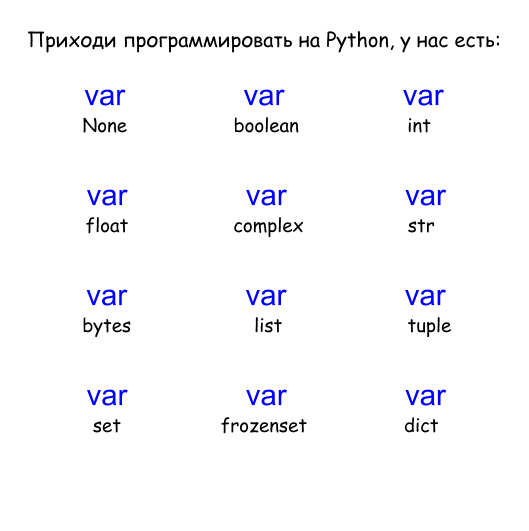
Noktis

Aktualochka gmtd

Hello colleagues from Tutu.ru, DS28
Job competition
When the quarantine began in March, everyone abruptly moved to a remote location. For many, workplaces at home turned out to be completely unfurnished: they worked at coffee tables, took tables from the nursery from children, broke their backs on sofas.
We decided to arrange a roll call and held a home office competition: we made a website where you could upload a photo of your workplace, get likes and win a PS4. In total, more than 700 people from 211 cities from all over the world took part in the competition - we learned how IT specialists from all over the world work and received something like a chronicle of life in quarantine.
Presented here is a customized PS4:
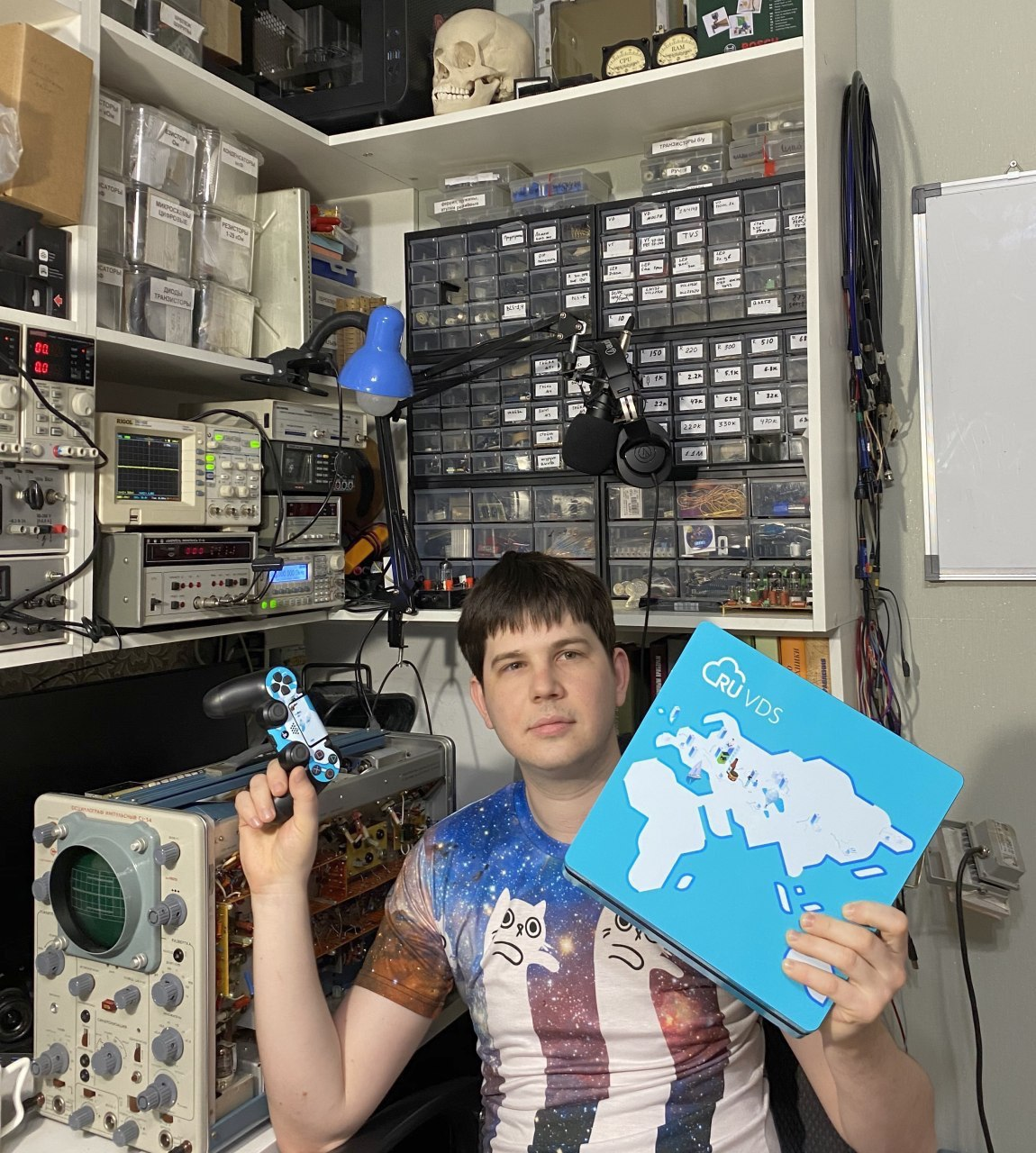
All the results of the competition can be viewed in the article on Habré, but we will also show some here, because home jobs have become almost a symbol of 2020, and also the subject of jokes, memes and corporate discussions. Come in, get inspired!
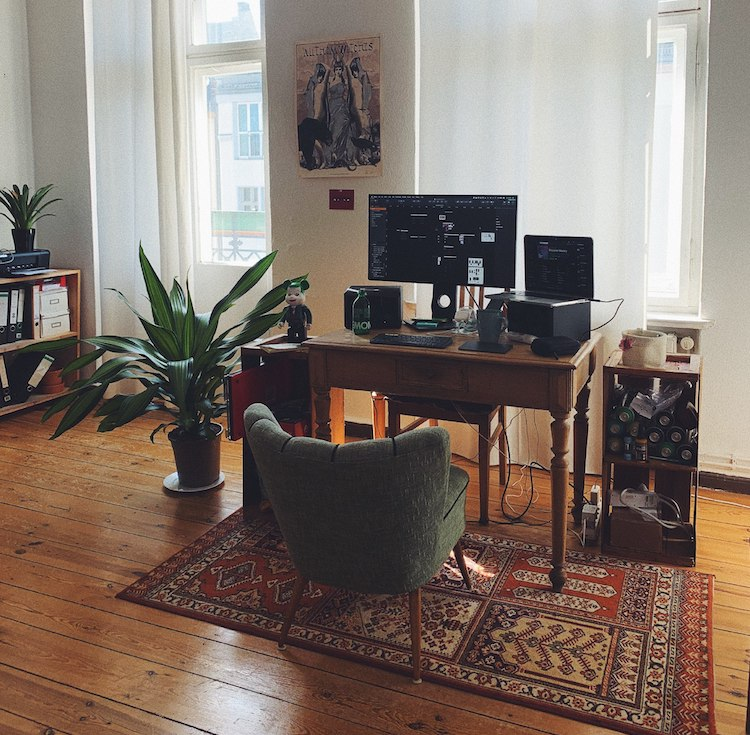
Elisabeth, designer at Jolocom, Berlin - the warmest and most comfortable interior! Just look at the combination of floor, carpet and table legs. Designer, you can see right away!
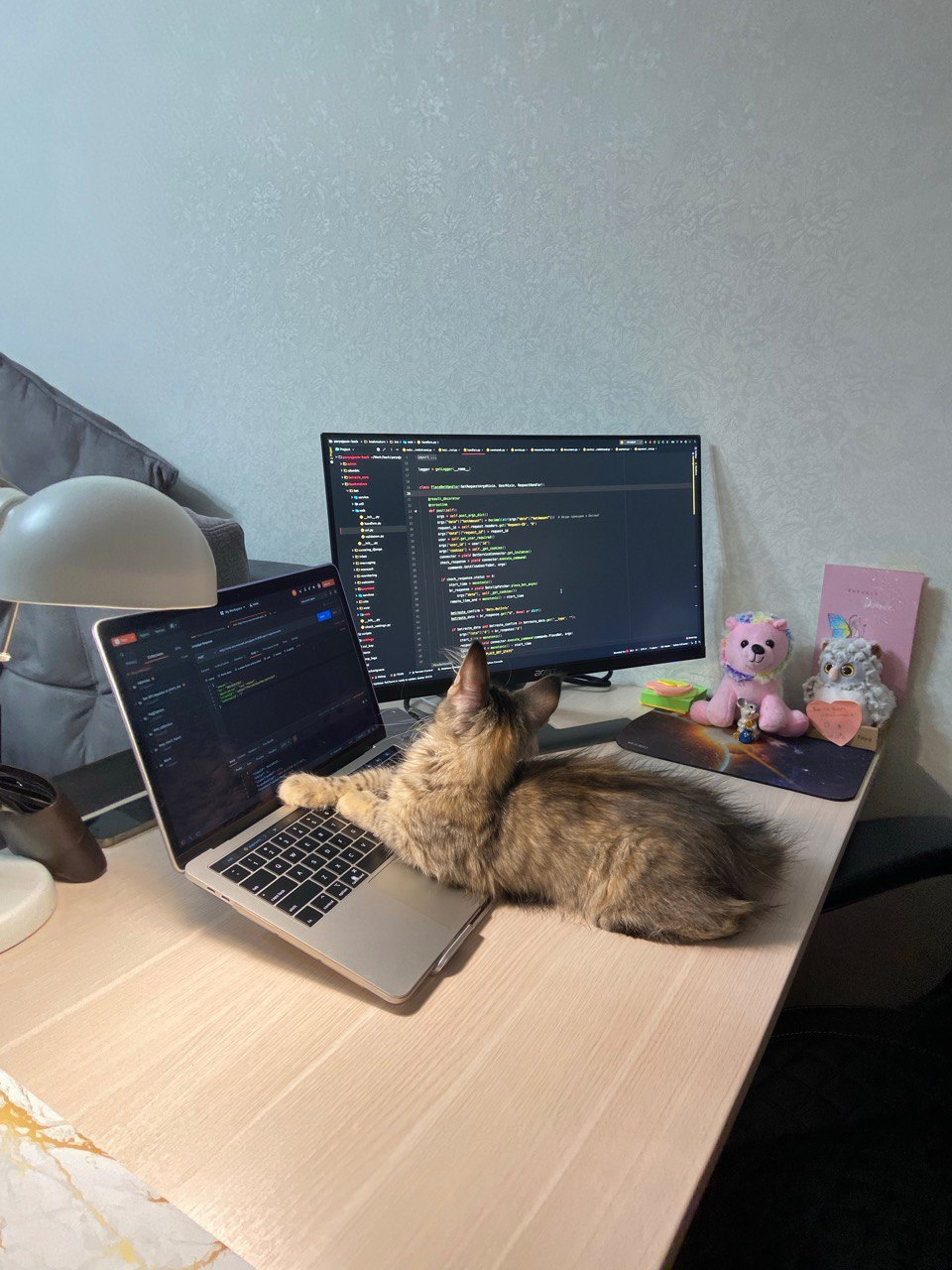
Konstantin's table, Python Back-end developer at BSW, Tomsk. A fluffy kitty is not a rubber duck for you, it can move a code behind a curve and can move its paw!

Boomburum, Head of Anti-Users Department at Habr, Moscow. This is how we signed the photo. Well, who doubted that Boomburum is a cat?
Conducted a hacker quest
This was perhaps the pinnacle of our online year! After the end of the project, even notorious humanitarians said that they were fascinated by the shredder and waited for the denouement.
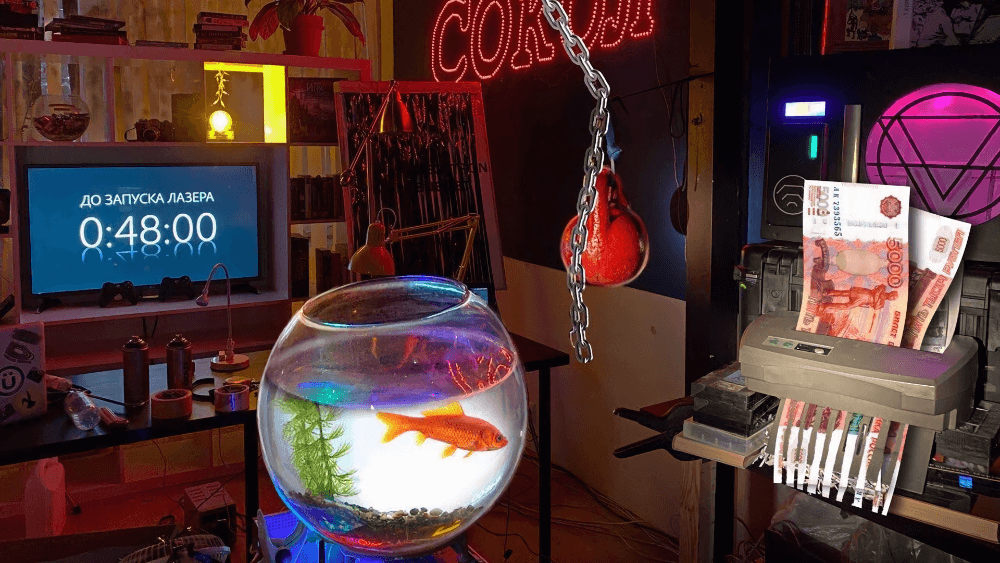
So, in August we conducted, without a doubt, the most emotionally charged entertainment project on Habré over the past three years - an online hacker game with the destruction of a server.
We built a room that simulated an office, filled it with IOT devices and streamed it live to YouTube. Smart devices in the office could be controlled from the Sokol website and seen on the broadcast how the room was changing: for example, call the number in the website header and hear your call on the YouTube stream, turn on or off the lamp, etc.
The game started on August 12th when we posted a blog postwith a video in which a hacker in the shape of a skull offers to play a game, destroy the server, arrange a short circuit in the room (or a mini-fire) and take the money left in the shredder.
To make the game more action-packed, we decided to make a prize pool of 200,000 rubles, which we loaded into the shredder and set it to turn on every 60 minutes. Every hour the shredder ate 1,000 rubles - the earlier the players stopped him, the more money they would have won.
Designing and building a quest in itself was a great adventure for the RUVDS team, but the greatest pleasure we got was watching the violent reactions of the players.
In total, 40,000 people played the game, 620 of the most active gathered in a discord community and stormed the quest for two days without interruptions for sleep and work.
We have never laughed at work as much as when we read messages from this discord: in an attempt to solve the quest, the guys built incredible Illuminati theories, looked for clues even on pots of flowers on broadcasts, dug so deep that it never occurred to us creating an ENT quest. They even created memes about the heroes of the story.
Read the details about how the guys took the quest and the chronology of events is possible here , video from the end of the game here , well and intricate story of the quest - the link .
In total, the guys saved 138 thousand rubles from the shredder.
Our best posts on Habré
In 2020, we wrote 15 bengers - articles that received more than 100+.
We talked about smart devices, science pop, information security, baited stories and discussed health.
- How do I use AirDrop instead of Tinder
- How to steal a Macbook
- CloudFlare - Internet Cancer
- RFID emulator
- Your computer case is 110 volts
- How to live and work if you have been diagnosed with a psychiatric diagnosis
- Who stopped the shredder or how it was necessary to complete the quest with the destruction of the server
- How to glue 13 girls an hour using machine learning and Tinder
- Dial-up entertainment
- How to write a physics book in LaTeX. Article 1
- Our first data center in a Soviet bomb shelter: features of computing in a bunker
- Hack and stop shredder loaded with 200k, short circuit and fire
- Entombed,
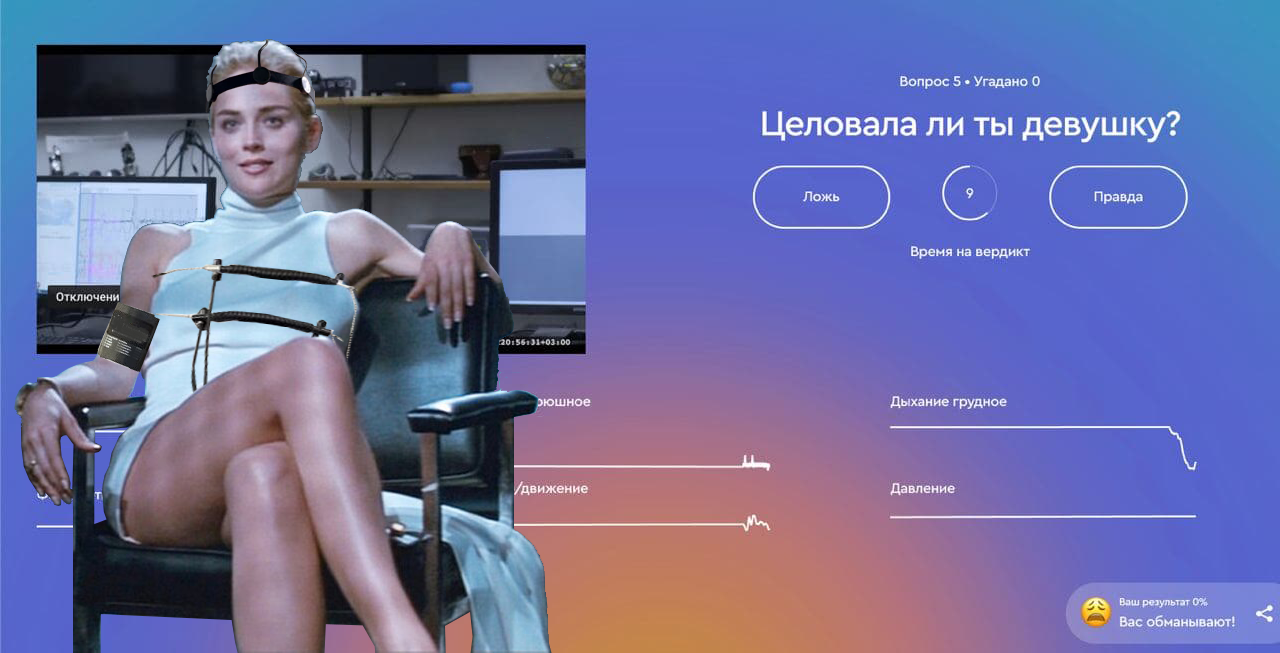
In November, we made another major special project, this time about the psychology of lies and the polygraph. In total, 8000 people played it. We have released a large and detailed article on Habré about the principles of a polygraph, sensors and how to read their indicators in order to determine the truth or falsehood.
And then the most interesting thing began - we gave our readers the opportunity to practice on a real lie detector, live people and be a polygraph examiner.
On the site of the game, we launched a stream, on which 6 different girls were replaced in 7 hours, who answered questions from the audience. The site showed all their indicators in real time: breathing, heart rate, skin conductance, pressure and sweating.
Players could celebrate if the girl told the truth or a lie and score points. We still have a video - of course, seven hours. By the way, check out our old-school commercials in this video that we recorded for the project - found something :)
▍Starting live broadcasts, YouTube, Instagram
In May, we launched a new video content format - live broadcasts with IT stars or just guys who do interesting things and are successful in their chosen field.
Every Monday, the speaker reveals a new interesting topic first-hand: for example, what bioinformatics are working on at St. Petersburg State University , what is asked at a Facebook interview , why Docker died , how to live and work with mental disorders .
Sometimes real stars come too: John Romero told his favorite stories about the creation of Doom and the team, American McGee toldabout depression, life in China and the new Alice, and our longtime friend Richard Levelord Gray about how the game industry helped him meet the love of his life and move to Moscow.
We did not deliberately limit ourselves to any narrow topic: we simply call interesting people and try to cover as many areas of the life, work and health of an IT specialist as possible.
We chose the format of live broadcasts for liveliness and a sense of dialogue - we wanted to give viewers the opportunity to ask questions right during the story and get away from the ossified interview format when only one person asks questions.
The most heated discussions were caused by these speeches:
- Monetizer and game designer Slava Dreyer talked about how to make money on games. Link .
- Facebook engineer Ilona Papava spoke about a career on Facebook and how interviews and internships are held there. Link .
- John Romero told stories about the creation of Doom. Link .
- Sania Galimova, a RUVDS marketer, spoke about how she works in IT companies with bipolar disorder and about mental health. Link .
Also this year we launched Instagram , which duplicates all live broadcasts in order to conveniently watch streams on the go or in transport.
We got into the top 15 hosters in Russia - a natural result
In August, CNews Analytics published a new rating of the largest IaaS suppliers in Russia for 2019 and RUVDS took 15th place in it.
For the first time, we entered the CNews Analytics rating in 2016, since then our turnover has grown 5 times, while the IaaS market has doubled in the same period. And this is only half of our merit - the other half belongs to those who trust us and actively transfer their infrastructure to the cloud. And they do not lose: at the moment, IaaS is the fastest growing segment of the cloud services market, and RUVDS for the second year in a row shows one of the highest growth rates among Russian providers. We have a lot to develop and we try not to miss this opportunity.
By the way, the place in the rating for us is not some kind of crystal value, which we trump on every corner - on the contrary, it is more interesting for us to see what and how we are doing for the business and how it changes its requirements. This is where the growth points are.
At some point, it seemed that the earth's axis turned into a brake shoe and we all stopped - almost forever. But humanity has increased too many processes that did not allow it to slow down and get up. Life continues, albeit in new conditions (we believe that it is temporary). And somewhere now, in the theoretical zone of the change of times, 2021 says to 2020: "I will fix everything, hold my beer."
Kstaaati.
Beer Duke Nukem
We have a long tradition of brewing craft beer on our own with our partners Beer Bros Brewery . First, we come up with a new variety: how it should taste, name, history. Then we discuss the composition, the whole team goes to the factory to brew beer: we taste malt, communicate with each other, while we carry sacks, brew wort, take pictures and taste.
We donate finished beer every year to partners, clients and even give away.
This year we have created a new variety Duke Nukemin collaboration with Richard Levelord Gray and Gearbox Software. This is a dark Scottish ale based on the legendary character of the eponymous game Duke Nukem - a brutal guy who shot wild boars so violently that he practically roasted them. Smoked bacon, wood, soft malt on the palate. We tried to make it soft and drinkable, right now the beer is already at the last stage of fermentation.
We got permission from Gearbox Software to use the Duke Nukem brand and co-designed a perky label with Richard:

In honor of our birthday, we want to give Duke Nukem ale to all of you. The conditions for receiving a jar are simple:
- Subscribe to our blog today
- If you are already our subscriber, leave a comment with congratulations under this post
- We will contact you and specify the delivery address.
Well, happy birthday to us! And we all wish you to boldly look into 2021. Suddenly it won't let you down.